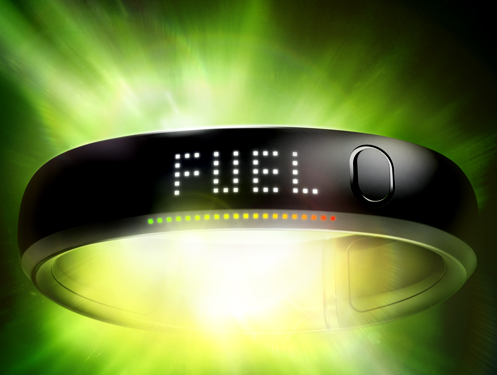I presented the following keynote (in Dutch) at the the e-Learning Event 2012 (an English version of this message is available here):
Deze presentatie legt in vijf delen uit waarom de trend om jezelf te meten (quantified self) grote gevolgen gaat hebben voor hoe wij in de toekomst gaan leren (je kunt de presentatie ook als PDF downloaden en dan werken de overlay quotes bij de foto’s wel of je kunt een opname van de hele keynote bekijken):
[slideshare id=12277678&doc=120404metenislerensmaller-120404035311-phpapp02]
Innovatie
Een korte uitleg over wat een innovatie manager doet en over de innovatie funnel.
Scenario’s
Het scenario proces wordt uitgelegd en de vier scenarios die uit een workshop op de Online Educa zijn gekomen worden toegelicht.
Bronnen
Quantified Self
De geschiedenis van de trend om jezelf te meten wordt uit de doeken gedaan. Met consumentenvoorbeelden is te zien dat het niet meer alleen voor wetenschappers en artiesten is weggelegd.
Bronnen
- Quantified Self movement
- Vannevar Bush op Wikipedia
- As We May Think door Vannevar Bush
- Steve Mann
- Wearable Computing: A First Step Toward Personal Imaging, een artikel van Steve Mann
- Gordon Bell
- MyLifeBits
- Total Recall, een boek
- Remember This?, een artikel in de New Yorker over Gordon Bell
- Facebook Timeline
- Feltron Report
- Een interview met Nicholas Felton
- Nog een interview met Felton
- Fitbit
- Wakoopa
- Counting every moment, een artikel in The Economist over the Quantified Self
- Laurie Frick, experiments in self tracking
Leren
Een verkenning van wat de Quantified Self trend kan betekenen voor leren (in organisaties).
Bronnen
- Artistotle door Danny Hillis
- Openness and the Future of Assessment door David Wiley
Risico’s
Er kleven ook risico’s aan jezelf meten.
Bronnen
- Delete, een boek
- Why we must remember to delete – and forget – in the digital age, een artikel in de Guardian over Delete
- The Filter Bubble
- Invisible sieve, een artikel in The Economist over the Filter Bubble
- Big Brother Awards
- Bits of Freedom
Presentatie
De volledige presentatie kan hier als PDF gedownload worden.
